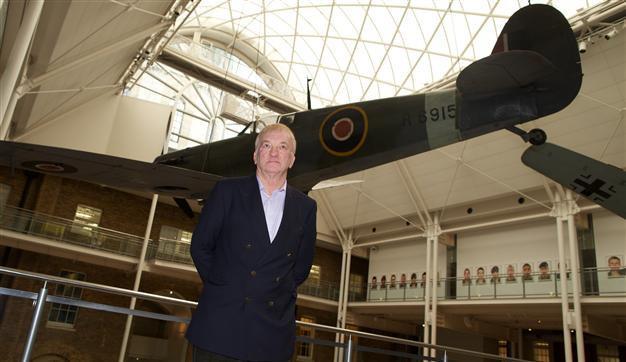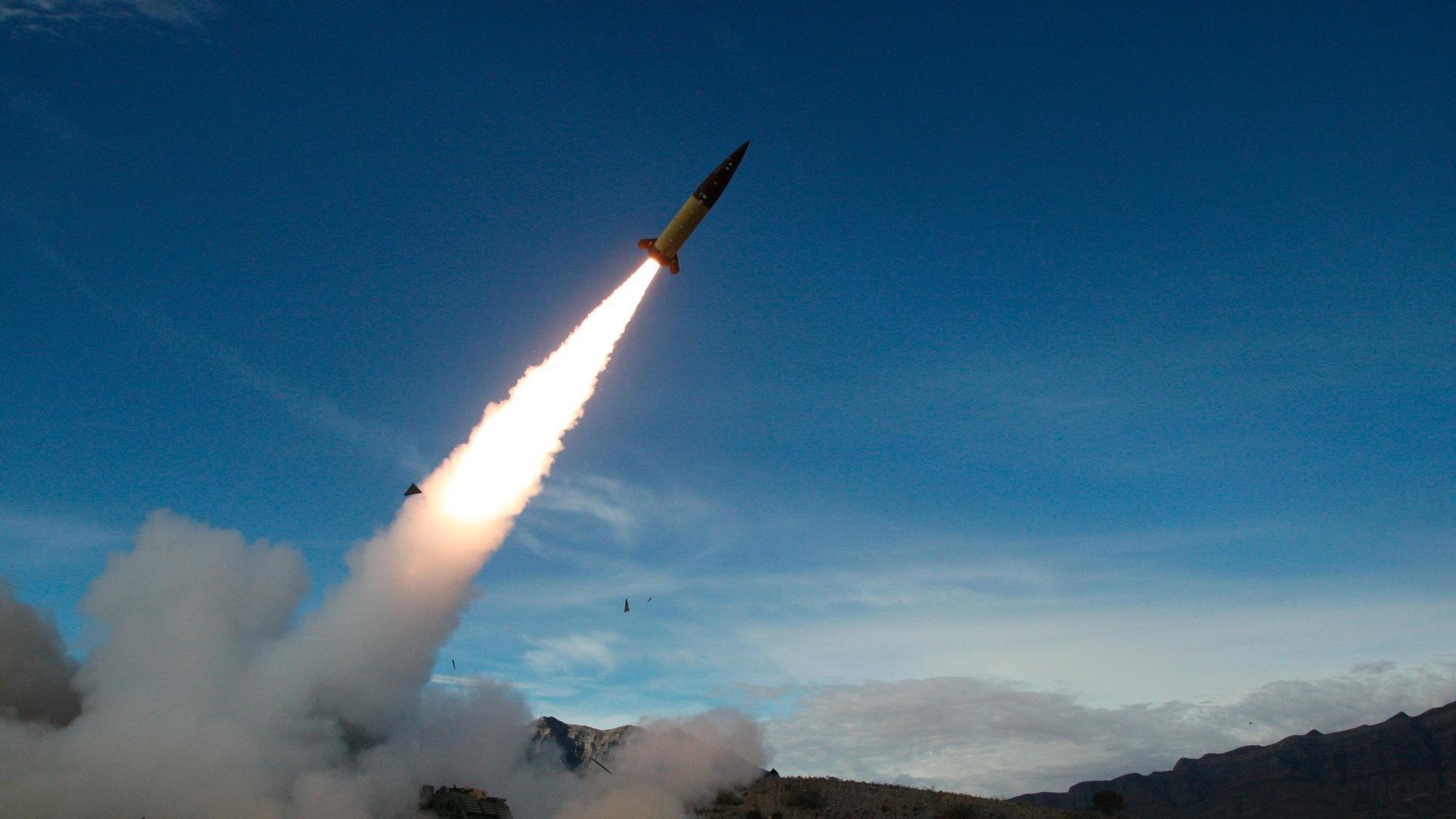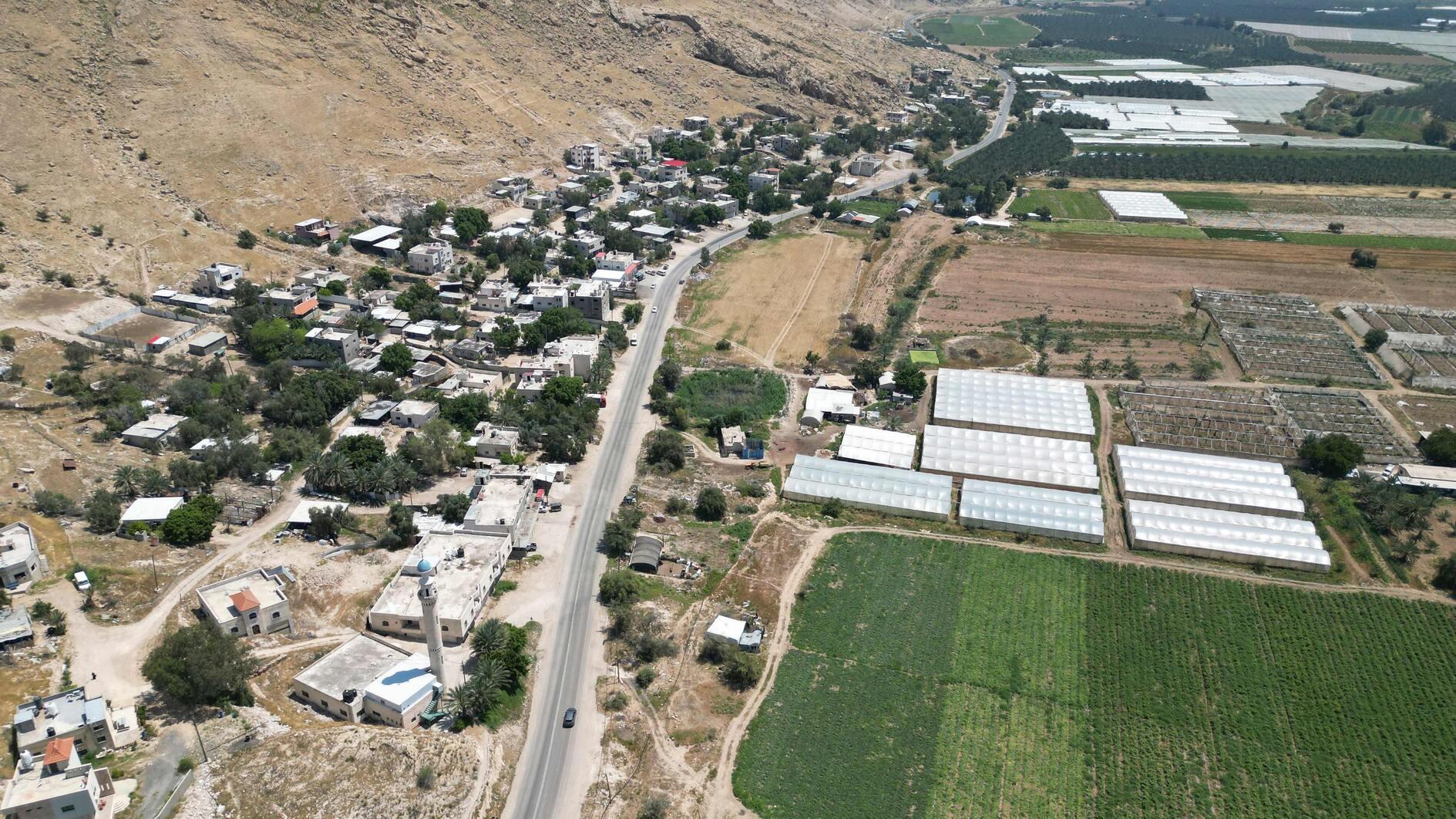British dig team hunts for WWII Spitfire planes in Myanmar
LONDON - Agence France-Presse

Project leader David Cundall poses for a photograph in front of a spitfire plane after a press conference at the Imperial War Museum in London on November 28, 2012 about the search for a hoard of buried Spitfire Second World War aircraft in Myanmar. AFP Photo
A British team preparing to dig for a rumoured hoard of World War II Spitfire planes in Myanmar said Wednesday it would be one of the most fascinating discoveries in aviation archaeology if they were found.The team believe there could be 36 of the iconic single-seat British fighter aircraft buried in sealed crates up to 10 metres (33 feet) beneath Yangon International Airport, a wartime airfield, with more at two other sites in Myanmar.
Britain, the former colonial power in what was then Burma, is thought to have buried the brand new planes in 1945 as they were surplus by the time they arrived by sea.
The dig, set to start in early January, has excited military history and aviation enthusiasts around the world.
There are thought to be fewer than 50 airworthy Spitfires left in the world and the digs could potentially double their number if they remain in pristine condition.
"Eyewitnesses talk about 36 being buried in this particular spot, though we do have evidence that there might be more," project leader David Cundall told a pre-dig briefing at the Imperial War Museum in London.
"They are buried at eight to 10 metres. There's no oxygen down there so we don't think they've corroded.
"It's like opening a can of beans at 67 years old: it's not going to be at its best but if you're hungry, you're going to eat it." The leaders of the expedition admit that the entire project could end up being a wild goose chase, with no physical evidence that the rare Mark XIV Spitfires exist.
Belarus-based strategy game developer Wargaming.net is underwriting the cost of the project, estimated at 1 million ($1.6 million, 1.2 million euros) at present.
















